Lead paint inside kitchen cabinets
jlc102482
13 years ago
Featured Answer
Comments (29)
civ_IV_fan
13 years agolast modified: 9 years agobadgergrrl
13 years agolast modified: 9 years agokarinl
13 years agolast modified: 9 years agojlc102482
13 years agolast modified: 9 years agosombreuil_mongrel
13 years agolast modified: 9 years agoks_toolgirl
13 years agolast modified: 9 years agoinox
13 years agolast modified: 9 years agoUser
13 years agolast modified: 9 years agoideagirl2
13 years agolast modified: 9 years agociv_IV_fan
13 years agolast modified: 9 years agobrickeyee
13 years agolast modified: 9 years agoallison1888
13 years agolast modified: 9 years agobrickeyee
13 years agolast modified: 9 years agoinox
13 years agolast modified: 9 years agobrickeyee
13 years agolast modified: 9 years agoinox
13 years agolast modified: 9 years agokarinl
13 years agolast modified: 9 years agorosemaryt
13 years agolast modified: 9 years agobadgergrrl
13 years agolast modified: 9 years agobrickeyee
13 years agolast modified: 9 years agobadgergrrl
13 years agolast modified: 9 years agocolumbusguy1
13 years agolast modified: 9 years agorosemaryt
13 years agolast modified: 9 years agoDavidR
13 years agolast modified: 9 years agobrickeyee
13 years agolast modified: 9 years agoDavidR
13 years agolast modified: 9 years agorosemaryt
13 years agolast modified: 9 years agosombreuil_mongrel
13 years agolast modified: 9 years ago
Related Stories
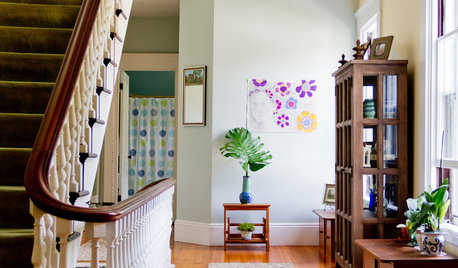
HEALTHY HOMEGet the Lead Out: Lead Safety at Home
Keep your family safe by properly testing for and dealing with lead in old painted surfaces, water and soil
Full Story
HOUZZ TOURSMy Houzz: Cliff May Homeowners Lead the Way in Long Beach
Two Realtors and their renovated home set the bar for midcentury nostalgia and style in their Cliff May tract
Full Story
HOUZZ TOURSMy Houzz: Lake Views Lead a Luxury Vermont Home
An idyllic waterfront vista, an indoor sauna and a four-star game room keep wintertime cabin fever in check for two Russian expats
Full Story
INSIDE HOUZZInside Houzz: Refaced Cabinets Transform a Kitchen
No walls came down. No windows were added. But this once-dark kitchen looks completely different, thanks to bright new surfaces
Full Story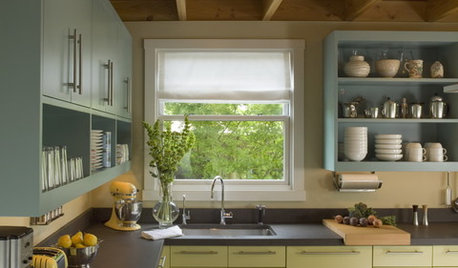
MOST POPULAR8 Great Kitchen Cabinet Color Palettes
Make your kitchen uniquely yours with painted cabinetry. Here's how (and what) to paint them
Full Story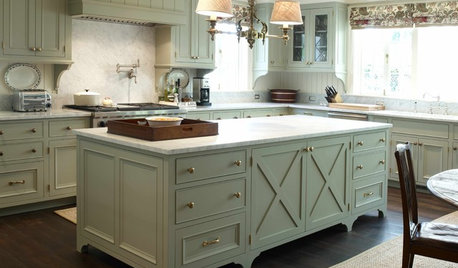
KITCHEN CABINETSCabinets 101: How to Work With Cabinet Designers and Cabinetmakers
Understand your vision and ask the right questions to get your dream cabinets
Full Story
MOST POPULARFrom the Pros: How to Paint Kitchen Cabinets
Want a major new look for your kitchen or bathroom cabinets on a DIY budget? Don't pick up a paintbrush until you read this
Full Story
KITCHEN CABINETSKitchen Cabinet Color: Should You Paint or Stain?
Learn about durability, looks, cost and more for wooden cabinet finishes to make the right choice for your kitchen
Full Story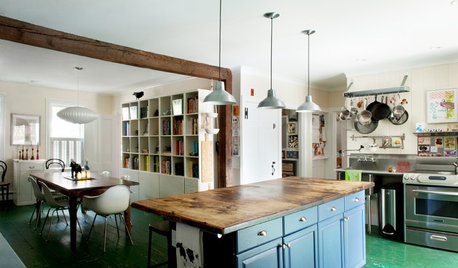
HOUZZ TOURSHouzz Tour: Traditional on the Outside, Quirk Appeal Inside
Skulls sprinkled throughout, an abundance of art and a bedroom chalkboard surprise behind a demure exterior near Boston
Full Story
KITCHEN DESIGNJazz Up Your Kitchen With Colorful Cabinet Interiors
Go for the unexpected by treating the insides of your cabinets to color and pattern
Full StorySponsored
Franklin County's Preferred Architectural Firm | Best of Houzz Winner
More Discussions






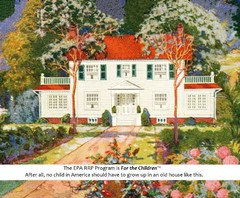




antiquesilver